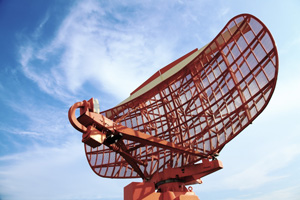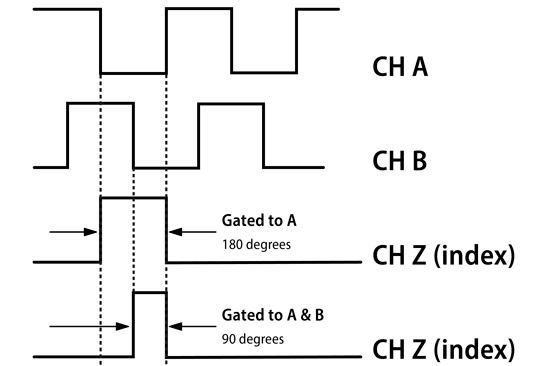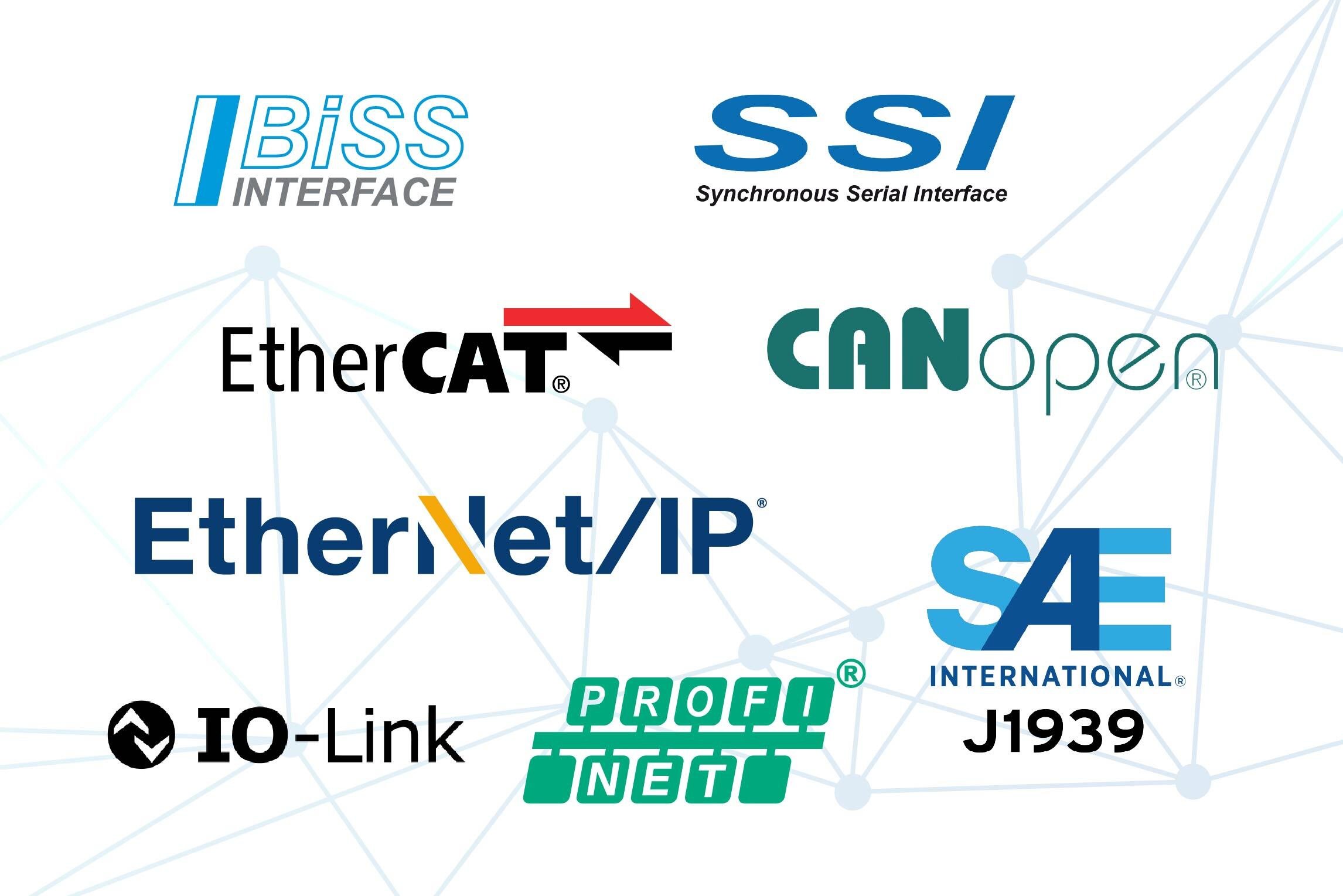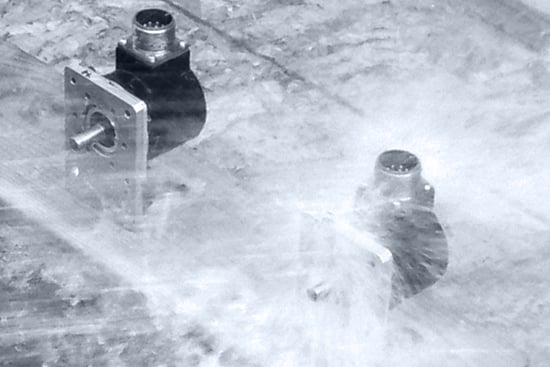For registration mark timing, encoder feedback determines the position of an object relative to a known point, referred to as a registration mark. Encoder feedback is then used to determine the speed of an axis of motion in relation to the registration mark.
Mechanically, shaft, thru-bore, blind hollow bore or measuring wheel encoders can be used for registration mark timing applications. Any number of mechanical means can be used to obtain encoder feedback from the axis of motion, including wheels, gears, belts, chains or direct action.
Electrically, incremental and absolute encoders are suitable for registration mark applications. Generally, for incremental feedback, a quadrature encoder is used to ensure bi-directional feedback. An index pulse is also recommended for applications that require the ability to locate home position. Absolute encoders are ideal for applications that require determining absolute location in the event of power-off scenarios.
Environmental considerations are important when specifying your encoder. Take into account the encoder's exposure to liquids, fine particulates, extreme temperatures, and washdown requirements. An IP66 or IP67 seal protects against moisture ingress, while a stainless steel or polymer composite housing to mitigate the effects of harsh cleaning chemicals and solvents.
Examples of Motion Feedback in Registration Mark Timing
- Antenna positioning
- Automated welding and assembly equipment
- Offset printing
- Robotic arms





